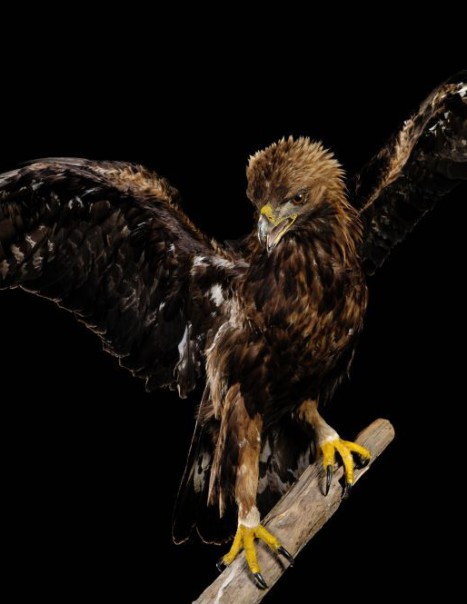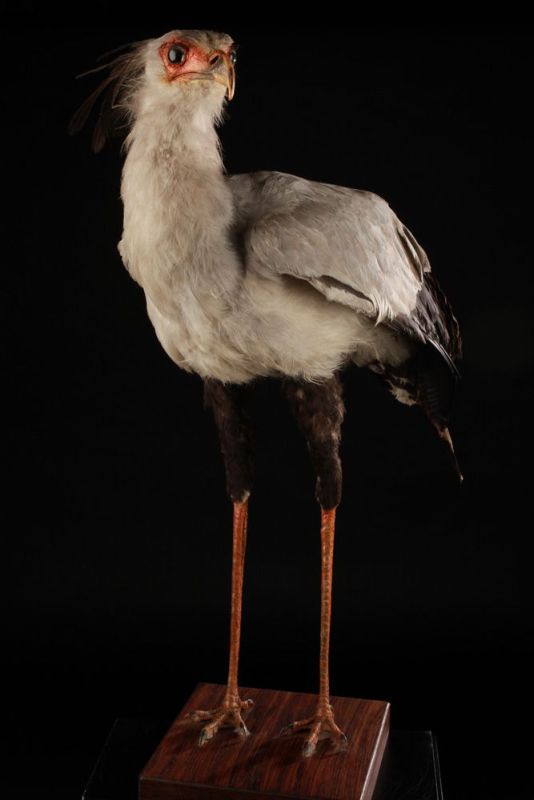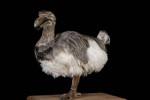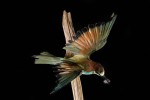Golden eagle – Aquila chrysaetos
Golden eagle – Aquila chrysaetos
The golden eagle is a species of large birds of prey in the Accipitridae family.
The species is still quite common in Eurasia, North America and parts of Africa. The species has its highest nesting density in southern Alameda County, California.
Adult plumage is mainly brown background rather dark, with feathers on top and back of the head and neck. The adult plumage is usually reached in the fifth year, it is dark brown and has eight times as sharp as human sight. The beak is horn colored with dark end and a yellow wax
It measures 46.5 cm and is hooked, like the majority of predatory birds, allowing it to put its prey into pieces. The legs are yellow and feathered to the toes. Its claws with big fingers are extremely powerful and the thumbnail that it uses to pierce its prey, measuring 6 to 7 cm long.
Golden Eagle is one of the most powerful predators raptors. Its large size makes it fairly characteristic. However, it may be confused with the imperial eagle, Aquila heliaca, which is on average slightly smaller with a shorter tail. Eurasian subspecies is used to hunt and kill wolves in many indigenous communities, where the bird is regarded with great mysticism.
It is a dark brown bird with a golden-brown plumage on the head and neck. The golden eagle uses its agility, speed and extremely powerful claws to catch its prey: rabbits, groundhogs, squirrels and large mammals such as foxes, wild and domestic cats, young mountain goats, young goats and young deer. It also feeds on carrion if prey is scarce, and also on reptiles. Birds, including large species like swans or cranes, crows and sea gulls have all been reported as potential prey.
The golden eagle defends a territory of up to 155 square kilometers. It is monogamous and a couple can stay together for several years or even for life. They nest high up in the cliffs, trees or human structures such as telephone poles. They build huge nests that they can come back for many years.
Females lay one to four eggs, and both parents incubate for 40 to 45 days. Often only one or two young survive to fledging, at the age of three months.
Females lay one to four eggs, and both parents incubate for 40 to 45 days. Often only one or two young survive to fledging, at the age of three months.
In flight, its great wings and tail, as long as the wings are wide, characterize it. The wings becoming a little narrower near the body. It has a powerful flight, the bird of prey may also fly with the wings flat or bell, it usually flies at a speed of 45-50 km/h, but can reach 130 km/h. When it dives, its speed can approach 320 km/h .
This eagle is protected in several countries since the 1970.





